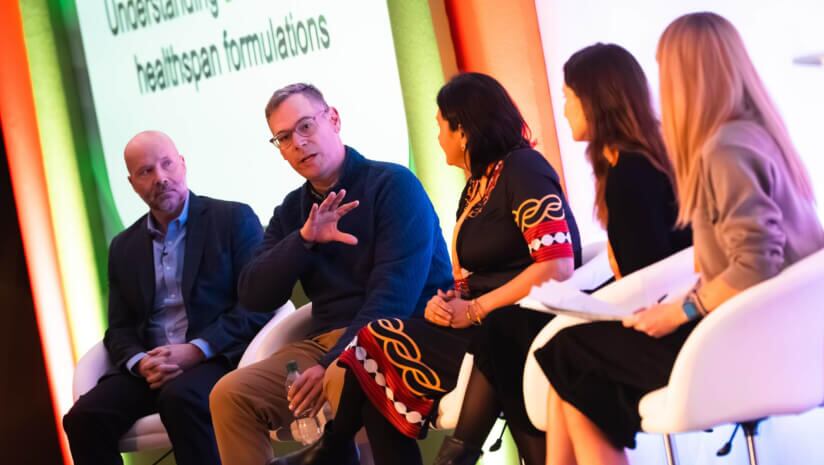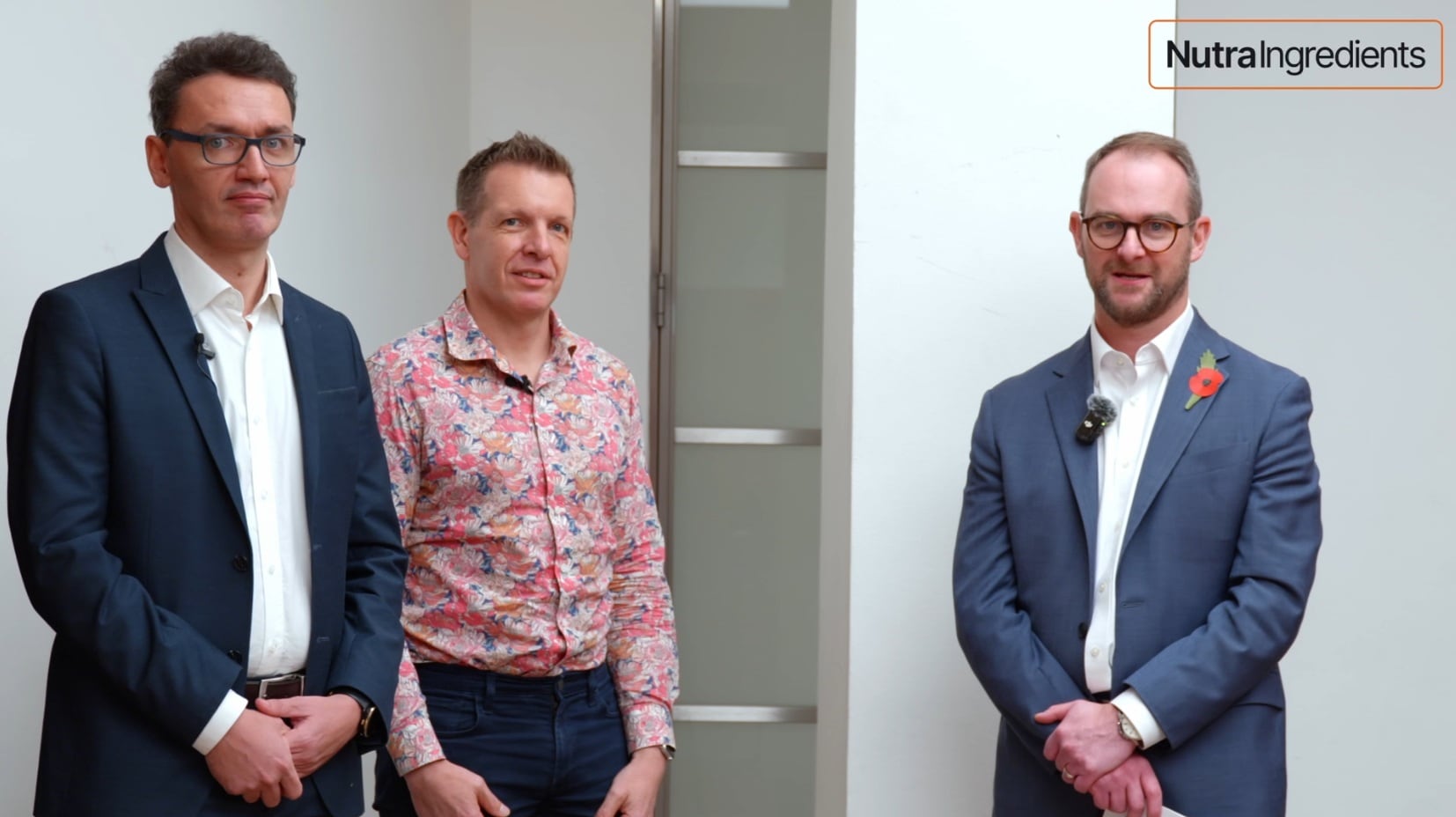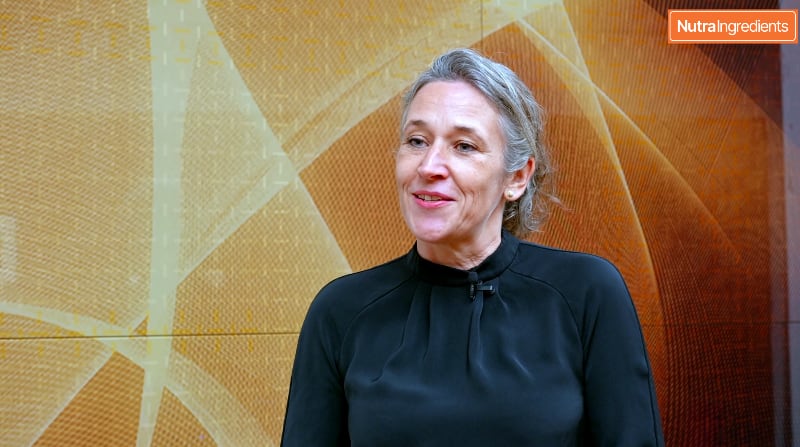Speaking with NutraIngredients after his presentation at the Nutra Healthspan Summit in London, Professor David Furman, bioinformatics core director at the Buck Institute for Research on Aging, discussed a $5 million clinical trial that involved 750 participants and focused on different immunotypes.
“There’s around 10 different immunotypes,” he explained. “So, for each one of these immunotypes, we design a specific formulation. Halfway through, we were running our interim analysis, and it turns out that we were not powered enough to detect signal over placebo.
“So, that’s kind of one of the take home messages of my talk is the Hawthorne effect. We know there’s this behavioral activation during the first period of, say, three, four months in a study in health and wellness, that the effects of simply being studied are huge.”
There are no good solutions to get around this issue, he said.
“We have seen between 5% and 10% improvement in heart measurements, in blood biomarkers, simply by being studied, by going into this study where you have behavioral intervention, and you have different nutraceuticals that we’re testing,” he added.
“People tend to do better simply by improving their lifestyle and changing their habits, right? Using brute force [bigger cohorts] is one solution, but obviously it’s much more expensive or extending the period more than four or five months where we know the Hawthorne effect weighs down.”
The potential for citizen science and real-world data
Dr. Furman also discussed the potential for citizen science and real-world data to help build the datasets required to move the aging field forward.
“There are many companies doing it already, but if there’s a company that comes out with a set of diagnostic tools that can evaluate blood biomarkers, that can evaluate aging features, mood, all sorts of different phenotypes, and they provide also with an intervention, then you use the real world data and with tens of thousands of people, you can solve that problem,” he said.
He noted, however, that this approach requires consumers to buy into the scheme—literally.
“You need to be selling something, and consumers are taking this and paying for it without knowing they’re being studied, right?” he noted. “I mean, they obviously consent and opt in for a study, but they’re paying you instead of you paying them when you recruit them for your studies.”
So where is all this heading? According to Dr. Furman, hallmarks of aging are great, and some can change in a matter of weeks, but the field is going to tackle functional ability and hard endpoints like grip strength, mobility, cognition,vision, acuity and hearing capacity.
The opportunity, he said, is for “supplements that are tailored for improvement of those intrinsic capacities that are now recognized by the WHO in the International Classification of Diseases.”




